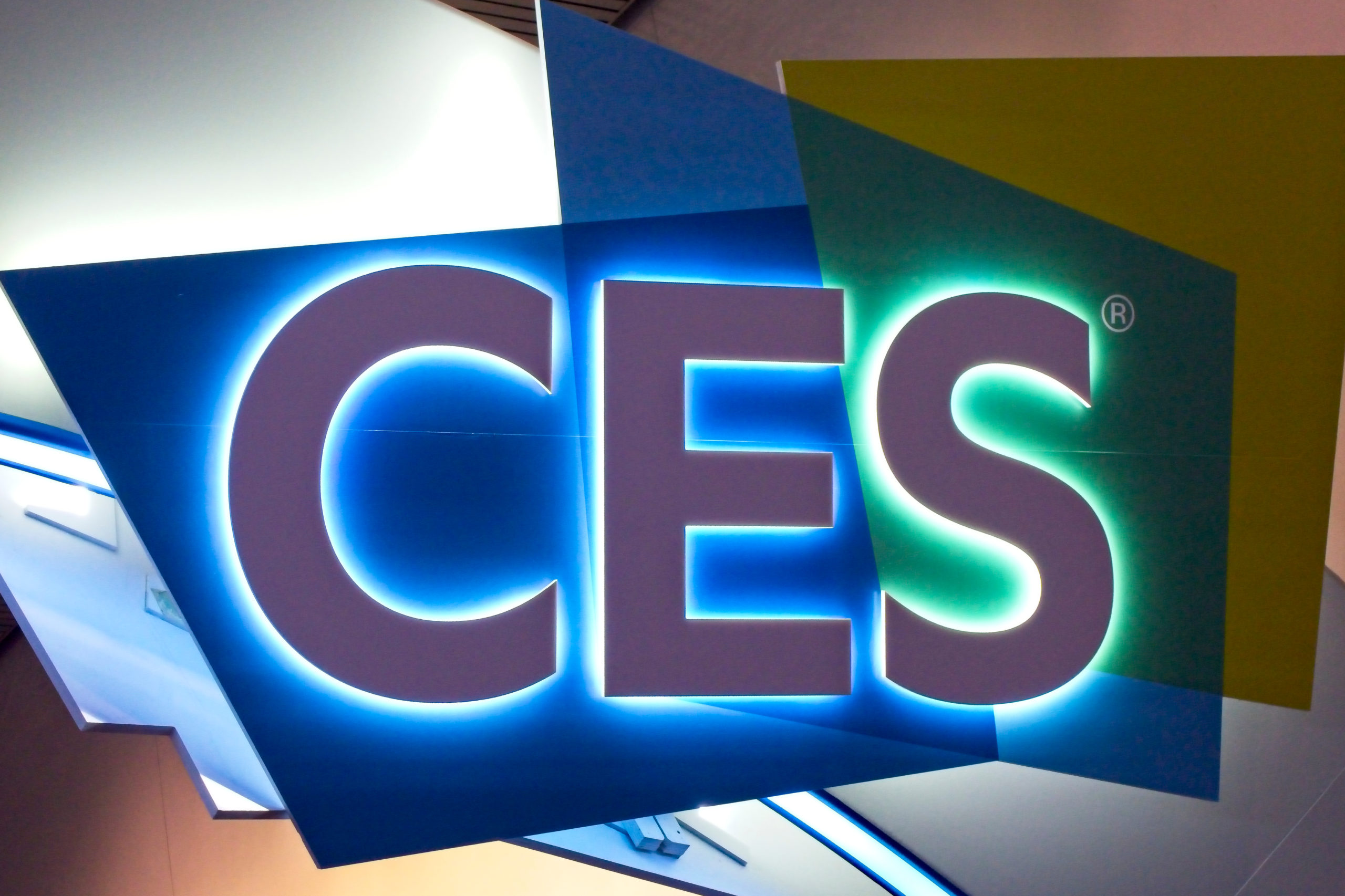In the hectic world of consumer and tech PR, finding journalists you can have a relationship with — who will read your emails, respond, and whenever they can, say “yes” to your pitch — is a gift. Liz Brody, Glamour‘s News Director, is one of those journalists. Previously she was news and health director at O, the Oprah Magazine, and a blogger at Yahoo’s Shine! She’s a nutter for dogs, guitarists, and the back of a Harley—and then there was the year she spent playing a breakdancing Alvin the Chipmunk! She also cut her teeth in public relations so she knows the business. She graciously agreed to sit for our “Journalist’s POV” and we let her answer four questions since her input is so valuable.
What’s a big challenge you regularly face as a journalist that a PR person can help with? Finding amazing human-interest stories that have never been told. If a PR person can come up with an exclusive real-life story that is somehow related to the project/product she’s pitching, and she can offer it to me exclusively, I swear I will always answer her emails.
What one piece of advice would you give to a PR rep pitching a story? This is embarrassing to admit, but if she’s read some of my pieces and is familiar with the kinds of topics I’m drawn to, that will give her an edge. So she might be able to say, “I know you wrote about a sex trafficking last year, I am working with a new campaign that I think will interest you.” Also, once again, if she’s giving me an exclusive idea—just for me. What’s disturbing is when I know she’s pitched the same thing to my five competitors. This comes out in conversation and I know it’s part of the job, but once again if a PR rep is familiar with writers’ work, they should know when a pitch should at least come first to a particular person.
What makes a good / bad interview subject for you? Good: Funny, quirky, open, emotional. When you can just have a conversation.
Bad: When you can feel the talking points talking. And they won’t get off the script.
What about a subject line will compel you to read it? Unless you have something really funny or genuinely intriguing to say, don’t try too hard to dazzle me into opening. I have seen variations on this that sometimes actually work against the sender. You know what works? If you can reference a colleague who knows me well and knows my interests, simply say “Sally Smith thought you might be interested.”










